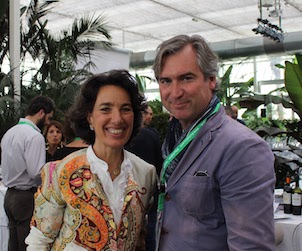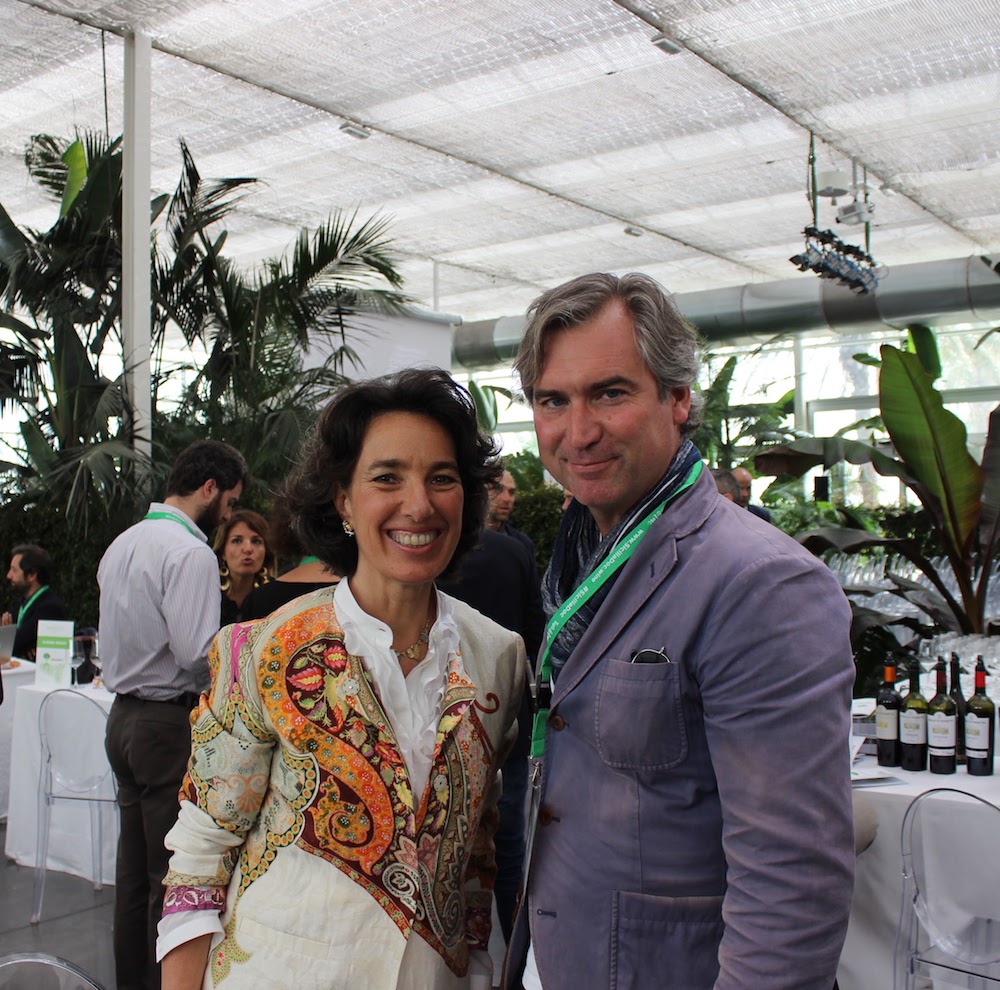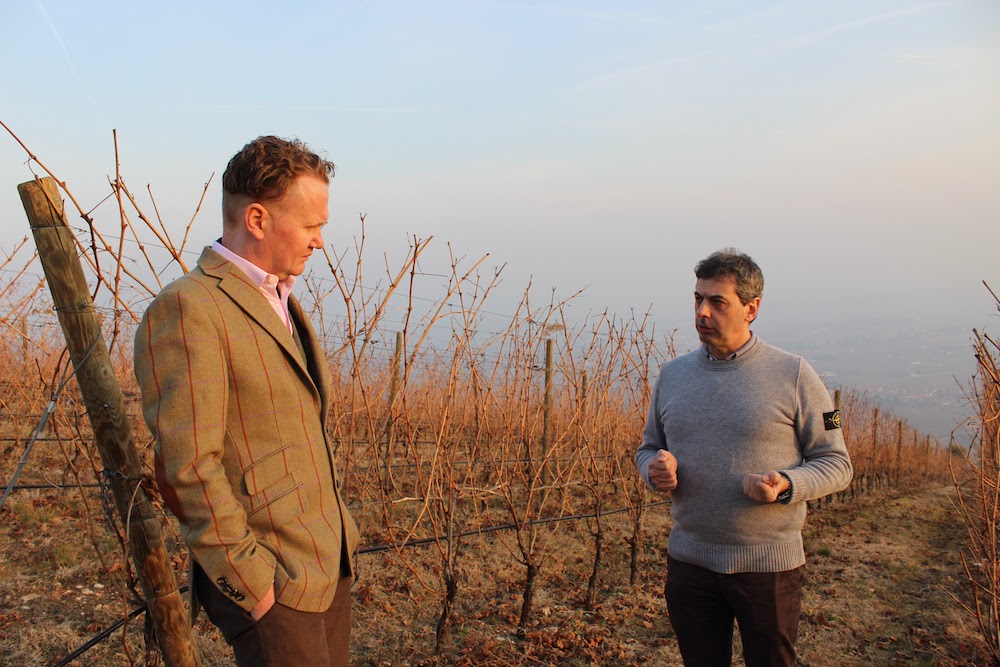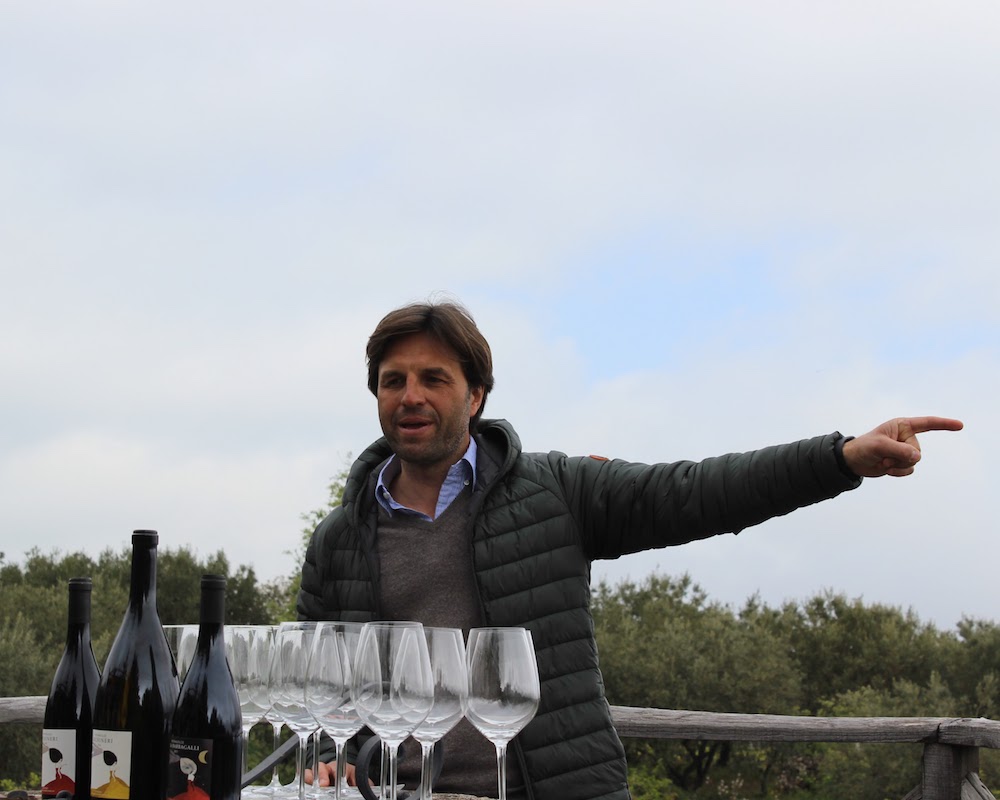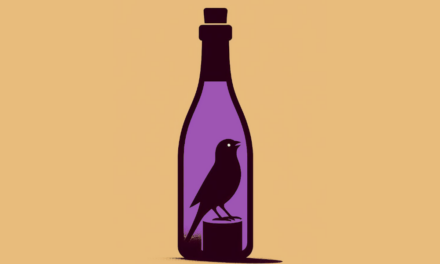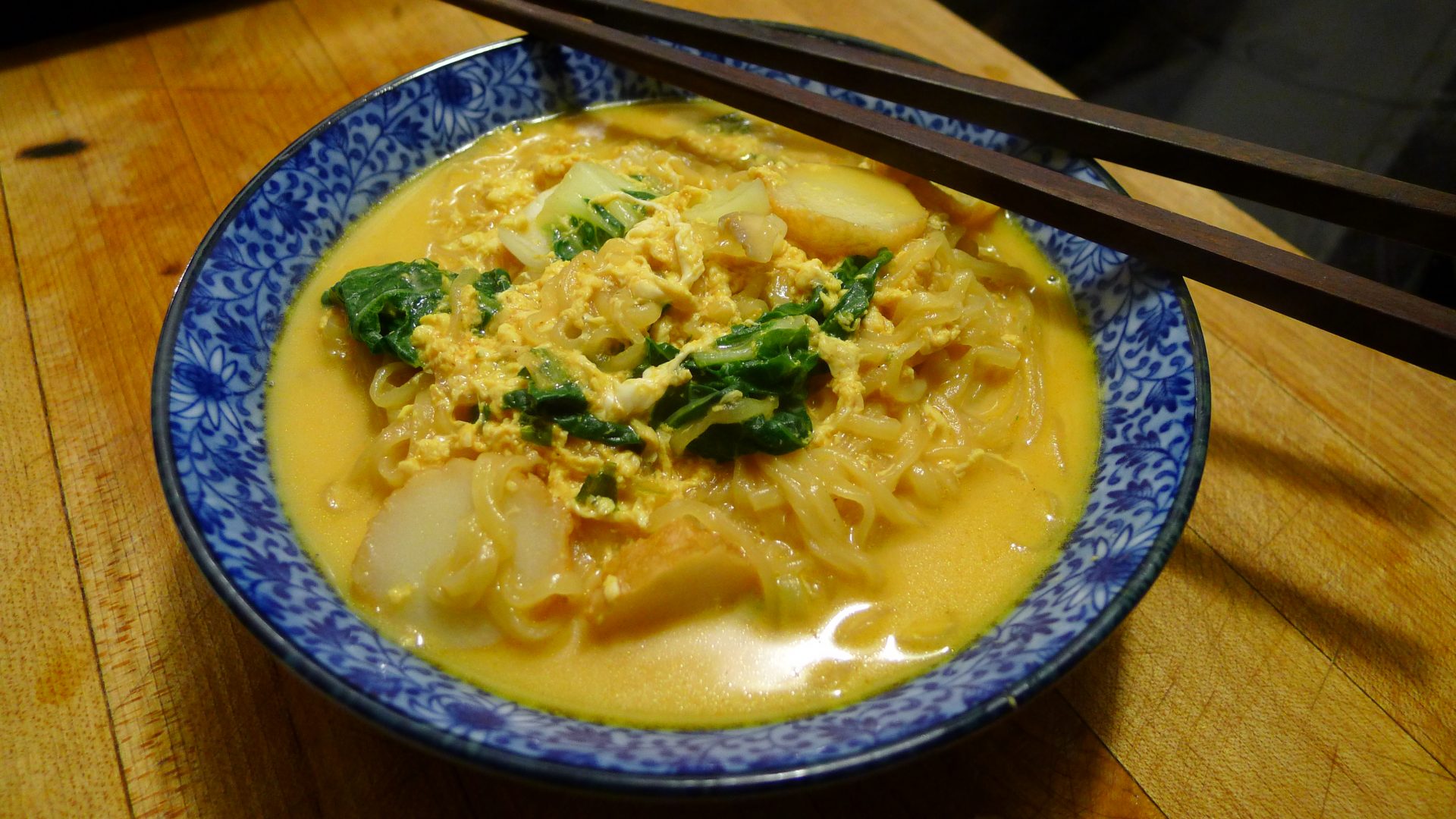Malcolm Jolley on what he’s learned in Italy this year.
The great Toronto restaurateur and cross-cultural Italo-Canadian ambassador, Roberto Martella, likes to say that the food and wine of Italy has it all, since the peninsula and her islands literally stretch from ‘the Alps to Africa.’ I’ve thought a lot about Roberto’s phrase in the first four months of this year because I’ve experienced it. Since January, I’ve had the privilege of taking three tasting trips to the republic, visiting Verona and the winemakers of Valpolicella and Soave for Anteprima Amarone, Rome and Perugia and the great olive oil makers from across the country in March at Ercole Olivario, and Eastern Sicily to see the winemakers of Mount Etna and attend Sicilia en Primeur, the vintage release show of all the island’s producers, just this last week. I’ve also, in the last few years been lucky enough to visit Alba in Piedmont for the premier of Barolo, Barberesco and Barberra wines, Valdobiadene to find out more about Prosecco, Naples and Campania, as well as Western Sicily to explore various DOP foods, and taken a holiday to Rome and Sicily, again. I have enjoyed, and learned much, from each of these places I have been.
As Roberto expresses, and like another country I know and love, Italy’s strength is its diversity. Of course the foothills of the Alps around Verona are different from the Mediterranean oak covered ones of Umbria or the lava-flow-cragged ones of Etna, and the people and products are different too. And yet, there are tri-coloured ribbons of green, white and red that tie all of these places together. I don’t just mean the absolute dedication to eating and living well that I unfailingly observe in all the Italians I meet, or their ability to be impeccably dressed at any occasion, I mean something more specific to the producers and products that I’ve covered. After all of these trips, and experiences learning about the people who make delicious things, I have formulated a theory about what I have seen, heard and tasted. It’s a theory that I believe explains much of Italy’s great (and growing) success in the last thirty years as a food and wine producer and exporter generally, and also why some producers and products are more successful, admired and warmly received than others. My theory is: Italian food and wine success is the result of the right balance of following tradition and pushig forward with innovation. Here are some examples of the theory of work that I’ve seen since the beginning of the year.
Amarone is itself an innovation based on tradition. As I explained in this post, Amarone is more or less a dry-vinified version of Recioto, the traditional sweet wine of Valpolicella, made with grapes that were left to dry out on straw mats. Ripasso, which is wine to which some of the must used to make Amarone has been added to create a second re-fermentation, and thus a more concentrated and higher alcohol wine, is actually an old technique of preserving fresh, homemade and unbottled Valpolicella, which would start to spoil after half a year. These old, traditional techniques were given new life when innovation in the cellar meant that they could be applied to dry, lasting wines. Now, the cycle continues as modern winemakers like Camilla Rossi Chauvenet at Massimago, Marinella Camerai of Corte Sant’Alda and Marilisa Allegrini, to name three innovative donne del vino form the region, change the way the wines of Valpolicella are made.
In Umbria I learned that olive oil, as a product, hasn’t changed much since classical times, but the way it’s produced has, not least in the last decade or so as global warming disrupts traditional practices. Every producer I spoke to at Ercole Olivario (and in Valpolicella and Sicily, as most wine producing families will also make a little olive oil) told me that they now harvest about a month earlier than they once did. The practice, theuy explained was important to ensure quality: late picked olives are fatter and yeaild more oil per pressing, but give an oil that is flabby and dull tasting. This innovation in the face of changing condition seems straightforward enough, but another is beginning to be practiced, I learned at Ercole Olivario, across the producing regions of Italy. Olive growers have faced a series of bad harvests, affected by disease and pest outbreaks, which may well be the result of global warming. As the certainty of continuity from harvest to harvest narrows, the producers have turned to an innovative way of preserving fresh pressed oil. Conventional wisdom has always been that the fresher the olive oil, the better it is. Savvy consumers of premium olive oils know to check the production date on the label, to make sure they’re not buying product that’s begun to decay. The enemies of olive oil are light, warmth and air, and even if oil is stored in a cool dark place, exposure to small amounts of oxygen will eventual begin to break it down. In the past few years producers have begun to use inert gas to avoid contact between they’re oil and oxygen, extending the life of their oil and effectively ‘keeping it fresh’. This way, fresh pressed oil doesn’t need to go to market right away t ensure quality, waste is limited and reserves can be held in the case of a bad harvest.
“Twenty years ago, Mount Etna,” Michele Faro of Pietradolce explained to our group of visiting journalists, “is where you went to visit your grandparents.” Faro said this as we looked over one of his grandparents’ vineyards, perched at a little over 850m above sea level with a stunning view of the snow capped volcano’s peak and the plume of smoke, steam and ash coming out of it. Faro is one of the new generation of Mount Etna vignerons that is making the region one of Italy’s hottest, award winning and acclaimed across the wine drinking world. While there couldn’t be anything more traditional than the high-altitude, pre-phylloxera, one hundred plus year old bush vines Faro manages in his family’s stony soil, that he’s doing it at all is, in fact, a recent innovation. Of little commercial use, the vineyards of Mount Etna were more or less abandoned, as the area depopulated after the Second World War. The wines of Etna, especially the light and perfumed reds made from Nerello Mascalese, had no market. When Faro founded Pietradolce in 2005, it was among a small group of ‘pioneers’ breathing new life into some very old vines. And yet, he would soon be in good company, as larger Sicilian wine concerns from the west of the island, like Planeta and Tasca d’Almerita saw opportunity and established vineyards and wineries of their own. Of course, these established wineries were (are still) innovators in their right, who, with producers like Donnafugata, led a previous wave of innovation when they planted grapes like Chardonnay and blended them with indigenous white grapes, that were thought only good for Marsala… itself an 19th century invention. On Sicily, innovation is tradition: more on this to come.
Watch this space for more coverage of Sicilia En Primeur 2017, with a special focus on the producers of Mount Etna.

